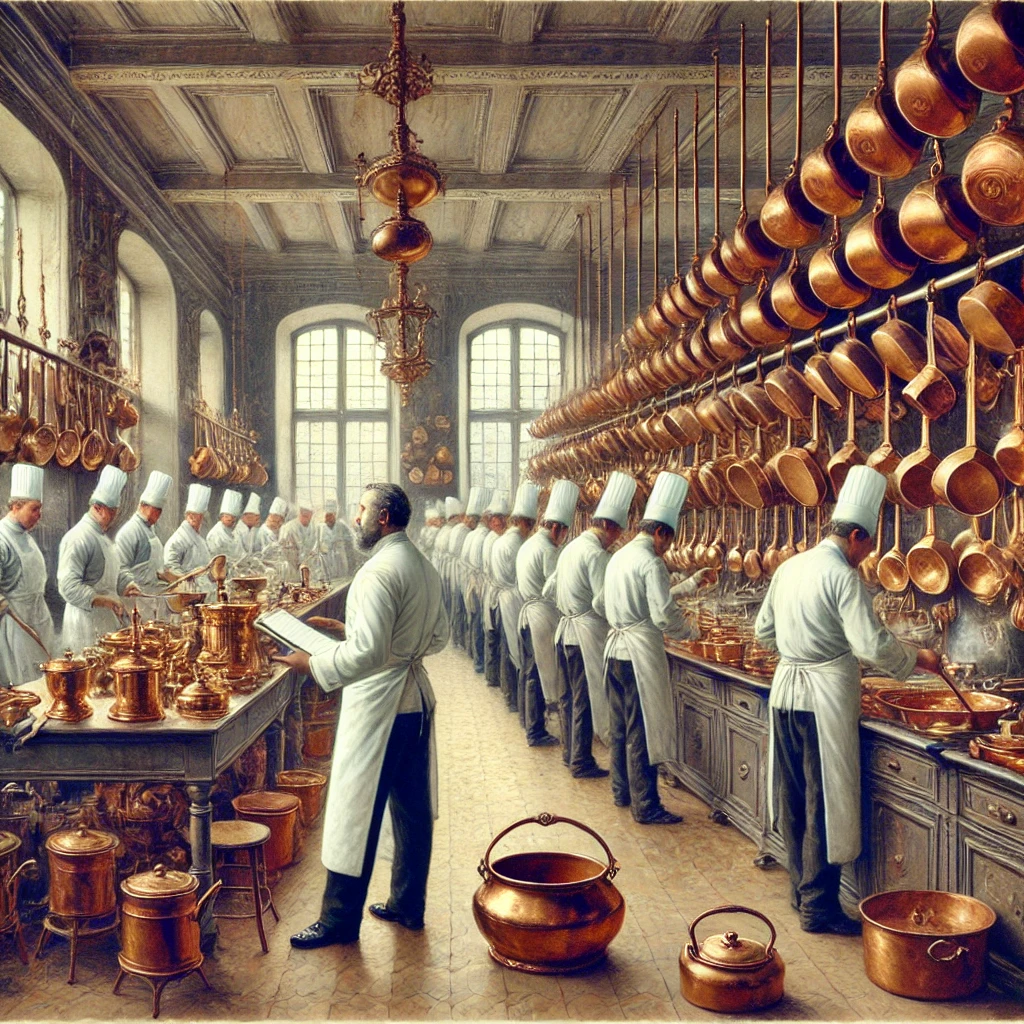
Fine dining, the art of refined, high-end cuisine served in elegant restaurants, has a rich and intricate history. Its roots stretch across multiple cultures and eras, evolving as a result of changing tastes, culinary innovations, and social influences. Over the centuries, fine dining has progressed from royal feasts to modern, diverse restaurants that offer not only food but a complete culinary experience at the highest level.
Beginnings: Ancient Feasts and Banquets

The concept of luxurious food dates back to antiquity. In ancient Greece and Rome, feasts were an essential part of social, political, and religious life. At that time, fine dining wasn’t yet an established institution, but the act of eating elaborate meals, often featuring meats, seafood, wine, and exotic spices, was a sign of status. These grand banquets, accompanied by musical and artistic performances, were symbols of wealth and power.
Medieval Feasts: Elite Gatherings

During the Middle Ages, luxurious food was the domain of the aristocracy and royalty. Large feasts were held in castles and palaces, with cuisine focused on meats, fish, and roasted game, often served in an artistic fashion. The abundance of dishes and the ceremonial presentation of meals became a sign of power and prestige. Fine dining during this era was reserved for the elite, and royal chefs were considered masters of the culinary arts.
The 18th Century: The Birth of Modern Restaurants

The true development of fine dining began in 18th-century France. In 1765, the first modern restaurant opened in Paris, allowing customers to order individual dishes from a menu for the first time. Restaurants began offering refined meals served on elegant tableware in a sophisticated atmosphere. During this time, chefs started treating food as an art form, and their names became renowned. One of the pivotal figures in fine dining history was Marie-Antoine Carême, known as “the king of chefs and chef of kings.” He laid the foundation for haute cuisine, the refined French cooking that would greatly influence the future of fine dining.
The 19th Century: The Evolution of Haute Cuisine

In the 19th century, fine dining flourished primarily in France, but also in England and other parts of Europe. Many chefs sought to perfect the culinary arts, and restaurants became places not only to eat but to celebrate the art of cooking. One of the most influential chefs of this period was Auguste Escoffier, who standardized French cuisine and introduced many innovative techniques. His brigade de cuisine system, organizing kitchen work into specific sections, is still used in fine dining restaurants today.
The 20th Century: Fine Dining Goes Global
In the 20th century, fine dining spread across the globe. Restaurants in the United States, Asia, and other regions began adopting European, especially French, influences while incorporating local flavors and techniques. The Michelin Guide, first published in 1900, started awarding stars to restaurants based on quality, becoming the ultimate hallmark of fine dining excellence worldwide.
After World War II, fine dining evolved towards a more modern approach, blending tradition with innovation. The 1960s saw the emergence of nouvelle cuisine, which rejected heavy classical sauces in favor of lighter, fresher ingredients and a focus on the aesthetic presentation of dishes. At the same time, restaurants began to emphasize the overall dining experience, a key feature of modern fine dining.

The Modern Era: Fine Dining as an Experience
In the 21st century, fine dining has reached new heights. The best restaurants in the world now offer not just food, but an immersive sensory experience, often blending art, technology, and culinary creativity. Renowned chefs like René Redzepi of Noma in Copenhagen and Massimo Bottura of Osteria Francescana in Italy are central figures in redefining fine dining. Their approach focuses on local ingredients, seasonality, and innovative techniques, blurring the lines between food and art.
Modern fine dining also emphasizes sustainability, ethics, and eco-consciousness. Restaurants often source from local producers, use organic ingredients, and minimize waste, aligning themselves with environmental concerns.
Conclusion
The history of fine dining is a story of evolving tastes, tradition, and innovation. From ancient banquets to the refined French restaurants of the 18th century, to today’s experimental kitchens, fine dining is constantly evolving. Modern fine dining establishments are not only about food; they are spaces where cuisine becomes art, and chefs are the artists creating a multisensory experience that satisfies both taste buds and the senses.







